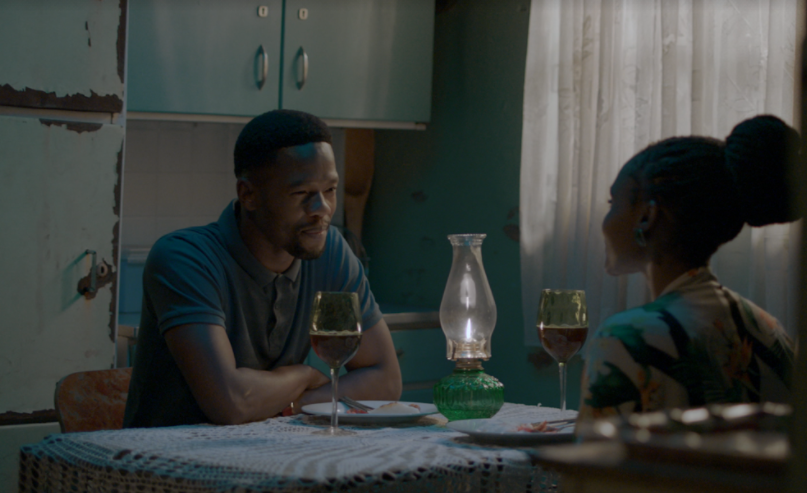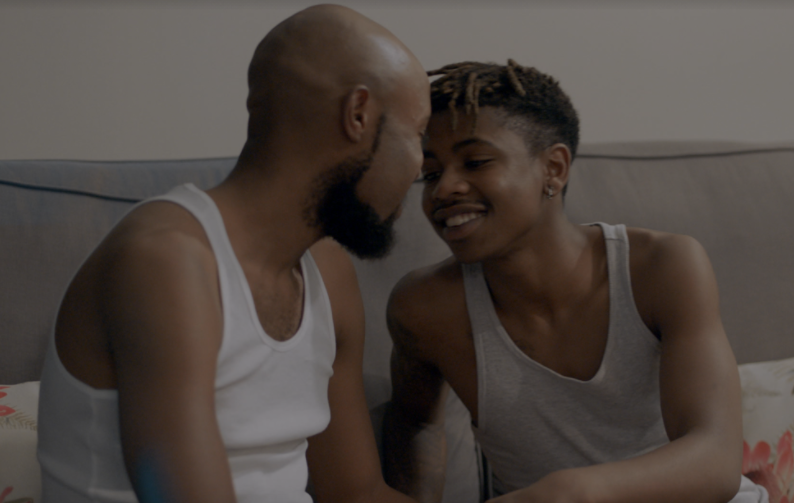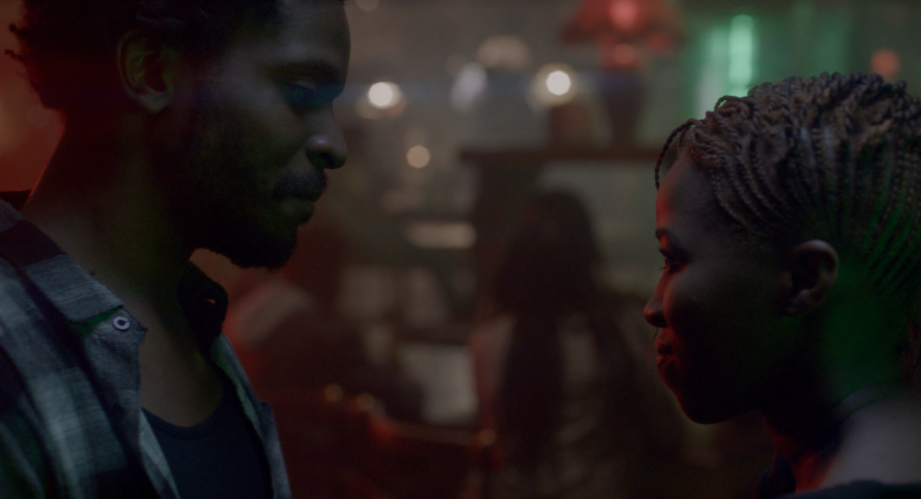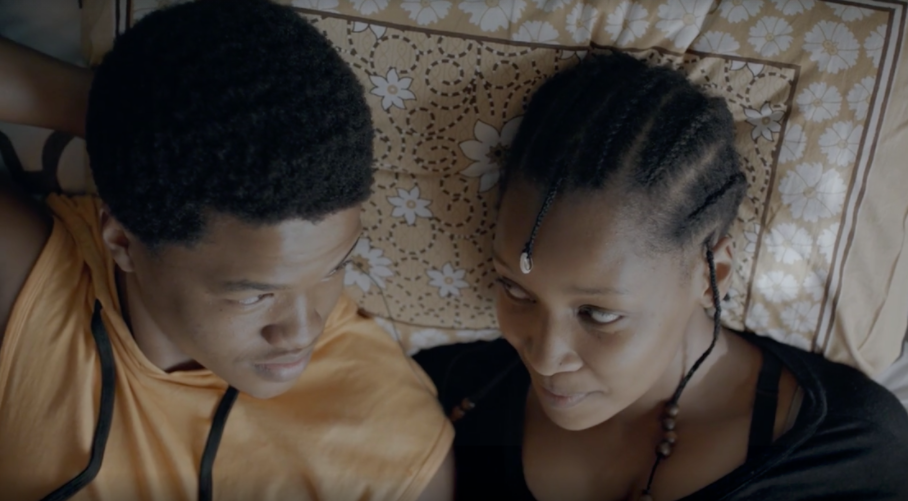
Communication is something that humans have gotten extremely good at, especially in the age of COVID-19. With the heightened use of technology and improvements in accessibility for means of communication, it seems like we are connected in a way that makes communication easier than ever before. But why is it that we sometimes cannot successfully communicate when it comes to one of the most natural human acts in history? Why do we find it difficult to communicate when it comes to sex, relationships, and love?
Communication is vital when it comes to any relationship. It makes things so much easier when everyone is on the same page and the people involved understand where everyone is coming from. Communication is part of what makes a healthy relationship. Being able to express each other’s feelings and being comfortable with doing so makes a relationship so much easier. Another part of a healthy relationship is communicating consent when part-taking in sexual acts.

What is consent?
To define sexual consent, it means to agree to engage in a sexual act with someone. Consent can be a verbal “yes” or a nod. While this is the case, consent can be withdrawn at any time, by asking a sexual partner to stop or saying “no” to a sexual act. Consent is freely given, where the person is making their own decision regarding the act. The person needs to be informed and know what they are saying “yes” to. Something that needs to consistently be reiterated is that while the person may consent to one sexual activity, that does not mean they consent to all sexual acts.

What can good communication look like?
Consent is showing a form of trust, which we know is also a vital part to a healthy relationship. But trust cannot be cultivated until there has been a foundation of good communication. Good communication can be actions as well as words that we feel respects the other person in the relationship between their wishes, as well as their boundaries. An action could be showing that you respect that the other person may need space. Being in a romantic relationship does not mean that you need to be attached at the hip at all times, but also to recognize that time apart is good, and that itself is a form of good communication and understanding boundaries.
Something else that can constitute a healthy relationship is actively listening to your partner or significant other. Active listening in comparison to passive listening is a more focused form of listening and paying attention to what the other person needs, wants, or is interested in, in general as well as when it comes to the relationship. Actively listening can help you learn about your partner and be more accepting towards them, but also allows you to realize your priorities in the relationship. The more you understand about your partner by listening to them, the more that you may understand about yourself and your role in your relationship.

Check out this article on the 5 red flags to look out for in your relationship!
How about this one on what more you can do after leaving an abusive relationship?

